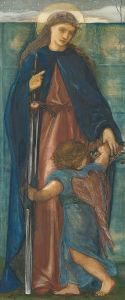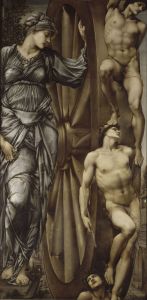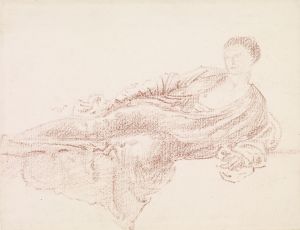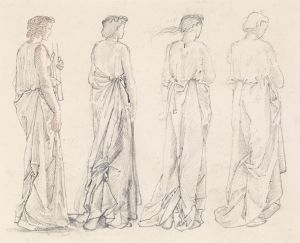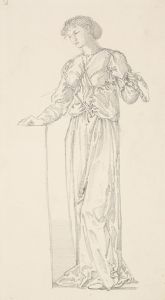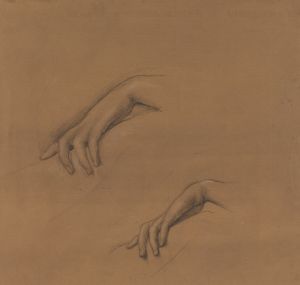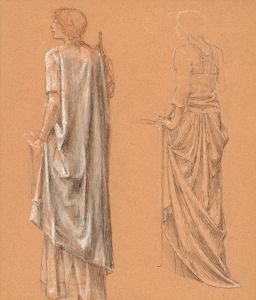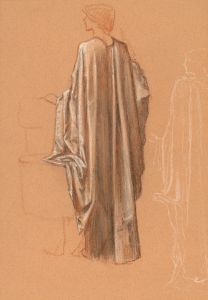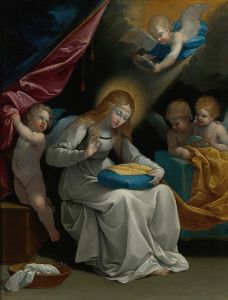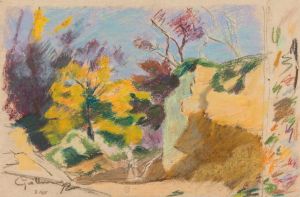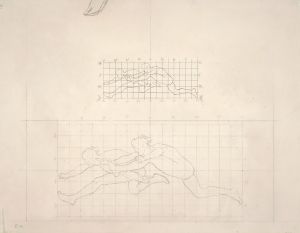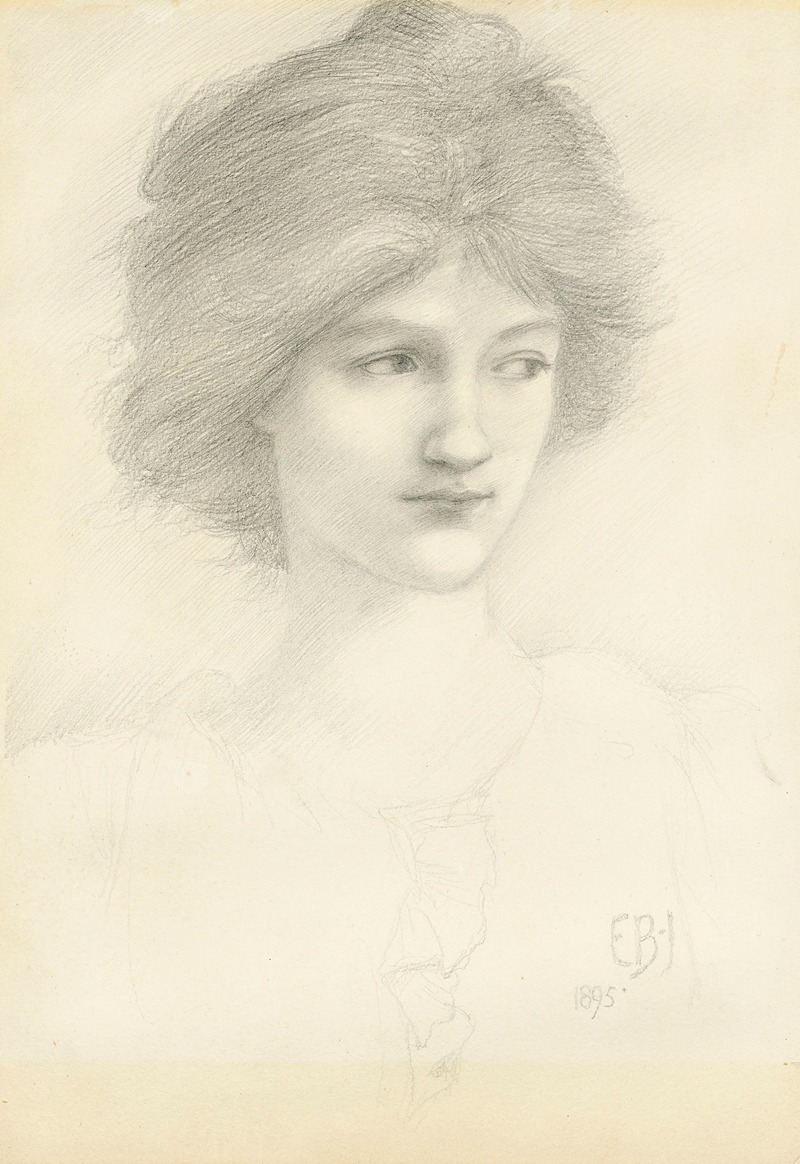
Head study for ‘The Sirens’
A hand-painted replica of Sir Edward Coley Burne-Jones’s masterpiece Head study for ‘The Sirens’, meticulously crafted by professional artists to capture the true essence of the original. Each piece is created with museum-quality canvas and rare mineral pigments, carefully painted by experienced artists with delicate brushstrokes and rich, layered colors to perfectly recreate the texture of the original artwork. Unlike machine-printed reproductions, this hand-painted version brings the painting to life, infused with the artist’s emotions and skill in every stroke. Whether for personal collection or home decoration, it instantly elevates the artistic atmosphere of any space.
"Head study for ‘The Sirens’" is a preparatory work by the British artist Sir Edward Coley Burne-Jones. Burne-Jones, born in 1833 and passing in 1898, was a prominent figure in the Pre-Raphaelite Brotherhood, a group of English painters, poets, and critics founded in 1848. The Brotherhood sought to return to the detail, intense colors, and complex compositions of Quattrocento Italian art.
This particular head study was created as part of Burne-Jones's preparatory work for his larger painting "The Sirens." The Sirens are mythological creatures from Greek mythology, often depicted as beautiful women whose enchanting music and voices lured sailors to their doom. Burne-Jones's interest in mythological and literary subjects is well-documented, and his works frequently explore themes from classical mythology, medieval romance, and Arthurian legend.
The head study showcases Burne-Jones's meticulous approach to his compositions. He often created numerous studies and sketches before completing a final piece, ensuring that each element was carefully considered. This practice was in line with the Pre-Raphaelite emphasis on detailed and accurate representation.
In the head study, Burne-Jones's skill in rendering delicate facial features and expressions is evident. The drawing captures the ethereal beauty and otherworldly allure of the Sirens, which is central to their mythological role. The use of soft lines and shading techniques demonstrates Burne-Jones's proficiency in drawing and his ability to convey texture and depth.
Burne-Jones's work, including this head study, reflects the broader aesthetic and philosophical goals of the Pre-Raphaelite Brotherhood. The group sought to reject the mechanistic approach to art that had become prevalent during the Industrial Revolution, advocating instead for a return to the craftsmanship and spiritual depth of earlier periods. Burne-Jones's art is characterized by its dreamlike quality, intricate detail, and a sense of timelessness.
The head study for "The Sirens" is part of Burne-Jones's extensive body of work, which includes paintings, stained glass, and tapestries. His contributions to the arts were recognized during his lifetime, and he was knighted in 1894. Burne-Jones's influence extended beyond his immediate circle, impacting the broader Arts and Crafts Movement and the development of Symbolism in art.
Today, Burne-Jones's works are held in numerous public and private collections worldwide. His head study for "The Sirens" is an example of his preparatory process and his dedication to capturing the essence of his subjects. It remains a testament to his skill as a draftsman and his enduring legacy in the history of art.





